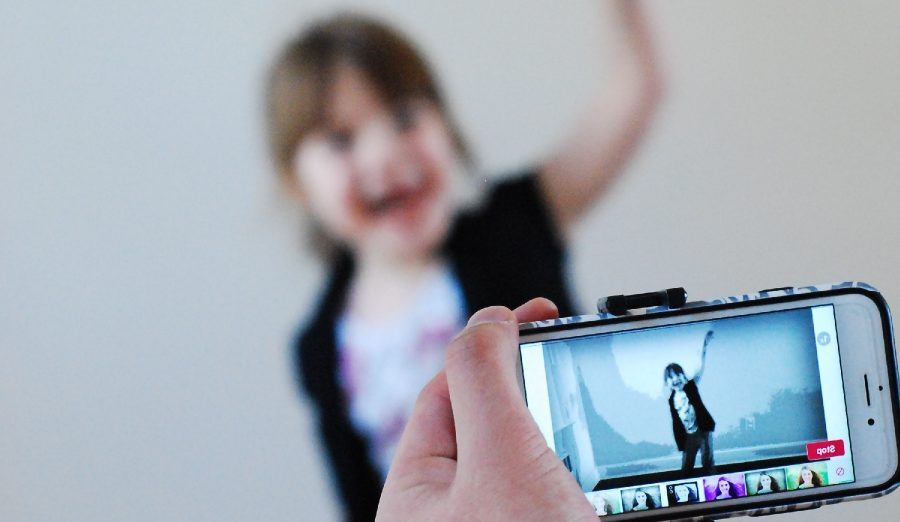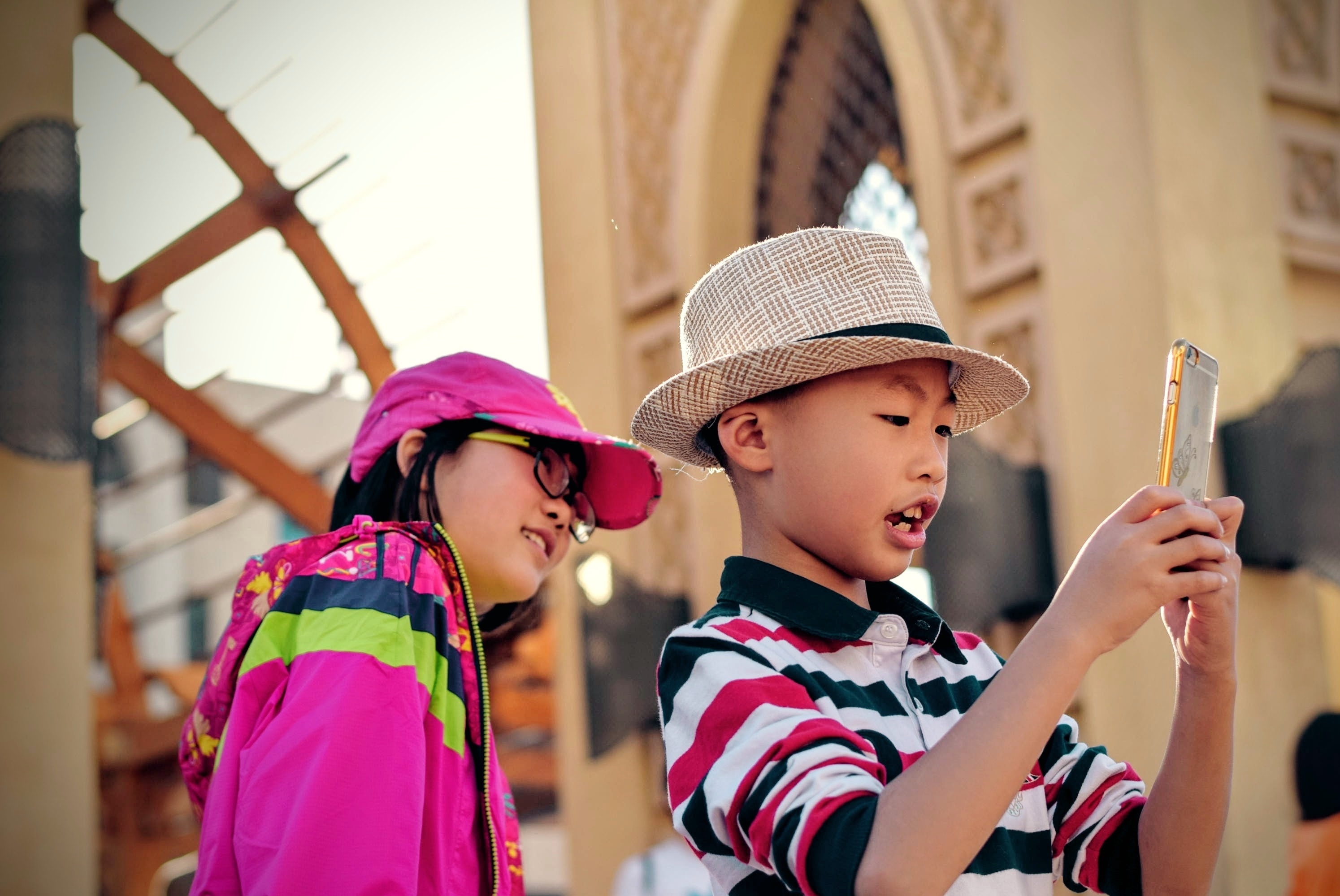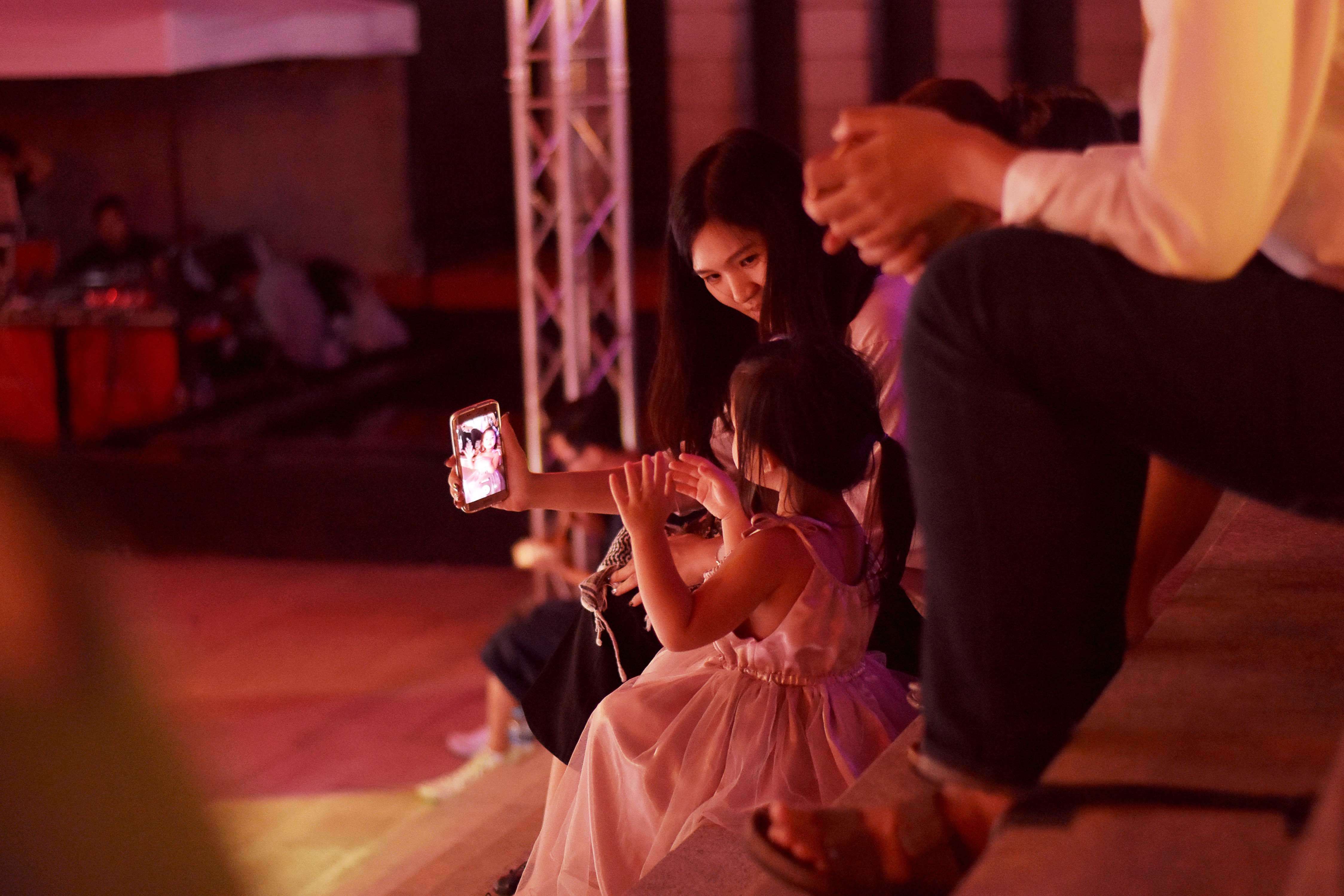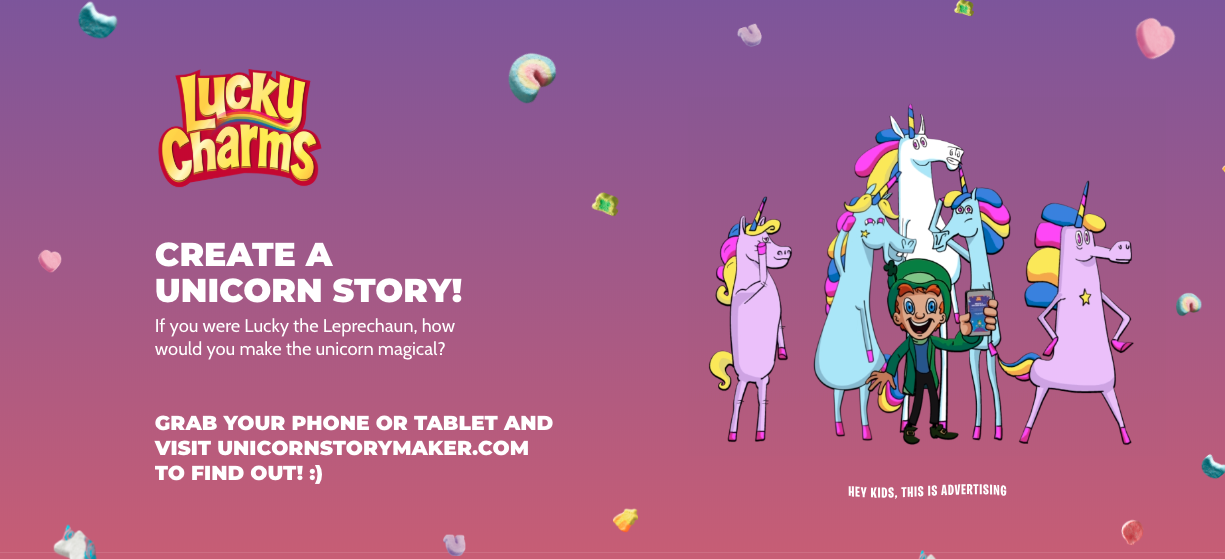Creative Thinking
From Lemonade Stand Owners to Content Creators: How Kids and Teens Are Relating to Content Marketing
By Bethany Johnson on September 6, 2018
Last month, my seven-year-old received the gift of a bracelet maker. My young crafter tore into the box, immediately tossed the enclosed instructions, and asked me to fire up YouTube to see how other girls her age made bracelets. What appeared were a number of safe, approachable kids' channels explaining different techniques.
I realized many of these online juvenile instructors were sponsor-supported, audience-building business owners. My daughter, on the other hand, did not. She thought of these content creators as online friends. When I explained that these tutorials could make a kid some money, she responded with a demure, "Cool. Can I press play on the next one?"
All she wanted was more, well, content. As a content marketer, I knew my kid and I were on the receiving end of micro-influencer marketing at its best.
Think back to your first job. My first employer was a local pet shop. Every day on the way home from school, I'd stop in to feed a few animals. By contrast, today's kids aren't limited to physical locales or support roles. They have instant access to fun, gratifying content creation tools and the ability to share their creative masterpieces with millions of peers online. They can build a youthful audience much more naturally than any institution can.
A few decades ago, marketing to kids was generally constrained to flashy TV ads, obnoxious billboards, or coupon-stuffed catalogs. Any brands targeting kids as their primary demographic were inherently pitted "against" protective parents. Conventional thinking told marketers that to stand out, they would need to be brighter, louder, and more enthusiastic than their competitors. Their marketing strategies were strictly style over substance.
Looking back, I can't imagine how brands envisioned that playing out in their favor. As a child of the '90s, I never saw my parents breathe a sigh of relief at the appearance of an ad. Today, marketers have unlimited choices in terms of channel and angle, and this allows for more relatability and generosity when addressing audiences.
Remember my kid's bracelet maker? The company didn't stop at how-to content. They also host fundraisers, offer a kid-friendly mobile app, and have even produced a high-quality music video that addresses bullying. These are all content experiences that can benefit parents and communities by extension, as well as foster a strong sense of genuine brand mission for a brand providing a product built on "friendship."
Recently, co-chairman and chief creative officer of Havas North America Jason Peterson made headlines by saying the same in a quarterly staff update. As one of the largest global advertising and communications groups in the world, their true competition is not other agencies, he said, but rather ". . . kids with iPhones and millions of YouTube followers."
Image attribution: Tim Gouw
Reaching Kids and Parents Alike
The audience connection with some of these creators is so strong, in fact, that according to a study commissioned by Variety, American kids ages 13 to 18 are far more infatuated with YouTube content creators than movie, TV, and music celebrities. Why? According to respondents, social media personalities are more engaging, extraordinary, and relatable.
Brands that co-create with these young artists finally have the option of dropping the bullhorn and becoming a little more relatable themselves. Not only does this offer an avenue for building loyalty with young audiences, it also relieves parents of the flashy, attention-grabbing bragging and promises of the past. As a parent, I'm grateful for that change. Due to the more thoughtful strategies of content marketing today, I'm thankful for the softer, more altruistic approach of brand-sponsored how-to content into my family's life. In fact, I now seek it out for my kids.
Walmart may have a product that can improve our lives, but I would ignore it if it was introduced to me through a traditional commercial. That's because I skip commercials, use an ad blocker, and download radio shows instead of tuning in live . . . all to avoid the noise of conventional advertising. So when my kid tunes in to consume a new MyFroggyStuff YouTube tutorial from the Moore-Broyles mother/daughter duo, I'm open and ready for-again, even thankful for-product mentions. I trust these YouTube instructors to steer me and my kid in the right direction because they've delighted us so many times in the past. As a consumer in that moment, I don't care whether the recommended item comes from Walmart, Amazon, or the mom-and-pop store down the street. I just care that it's the right item for us at that moment.
Attention, marketers: A household's main monetary decision maker (that's me) just said she's thankful for a sponsored product mention.
You may be marketing to kids, but when you co-create with relatable, authentic, helpful young social media leaders, you can also reach those kids' parents in a powerful new way.
Image attribution: Duangphorn Wiriya
How Brands Relish and Drive the Transformation
Walmart and Goldieblox are sponsors of the MyFroggyStuff content creation team. What other brands are taking advantage of this new relational opportunity, and how?
Many of the top 20 influencers on live-stream gaming site Twitch.tv started building their audiences when they were teenagers. Influencer Dr DisRespect now enjoys sponsorships from brands like Gatorade and Turtle Beach Headsets. Other non-gaming streamer sponsors include Red Bull, Gillette, and KFC. How do the followers of these influencers feel about sponsorships? In 2017, a whopping 82 percent of Twitch users said sponsorships are good for the gaming industry.
But paid sponsorships are just one of many tactics to engage content creators. Another way is to equip or encourage young producers. On a large scale, this might mean building an open, collaborative platform like Joseph Gordon-Levitt's hitRECord.org. "On hitRECord, any time one of our productions makes money, everyone whose contribution was included in the final version of that production gets some of that money," Gordon-Levitt told a crowd of marketers in his 2017 Content Marketing World keynote. "We've paid more than two million dollars to contributors in our community all over the world."
And while that cash may encourage content creators, it's the self-expression that really feeds more invention. "For most of them, it's not about the money," he says. "It's the principle. [Content creators] feel that their time and their efforts have been fairly acknowledged and compensated. And I think that's a big part of what allows our community to be so productive."
From Consumers to Co-Creators
While hitRECord is better suited for teens than elementary-aged children, brands can equip even younger audiences to take part in their brand storytelling.
Unicorn Story Maker is a cute mobile experience that turns a passive young consumer into a novice content creator, possibly for the first time. Users simply follow the easy prompts to customize their own unicorn based on super power, color, and fashion accessories. The mobile site then shows their personalized mythical creature in a quick, charming, fantastical story. The producer of this delightful little digital experience is none other than Lucky Charms.
After enjoying their creation, users then have the choice to share their own customized unicorn story on multiple social platforms, switching them from a consumer role to a creator one.
Can one little kid's unicorn short attract thousands of eyeballs? No, probably not. But if hundreds of kids share their small customized (branded) stories within their own circle of influence, then yes, thousands of loving viewers will enjoy these little directors' first-ever video productions.
Until very recently, cereal brands would have had to interrupt programming (and bother parents) to reach youngsters and their families. Today, the gift of a fun activity can serve children, their caregivers, and marketers alike.
Kids will always see an opportunity for creative play when presented with yarn, building bricks, pipe cleaners, markers, and construction paper. Now, though, they also have digital workstations, online creative spaces, video editing apps, and textual storytelling tools. Plus, many of these new playthings are connected for instant shareability.
So for companies who want to build an audience by co-creating and distributing memorable experiences, this transformation provides a limitless opportunity. Think beyond the sponsorship of major influencers and ask yourself: How can my brand support young, lesser-known, budding content creators?
For more stories like this, subscribe to the Content Standard newsletter.
Featured image attribution: Bethany Johnson




